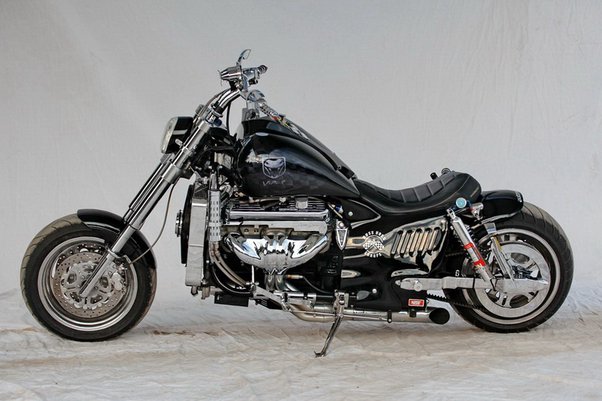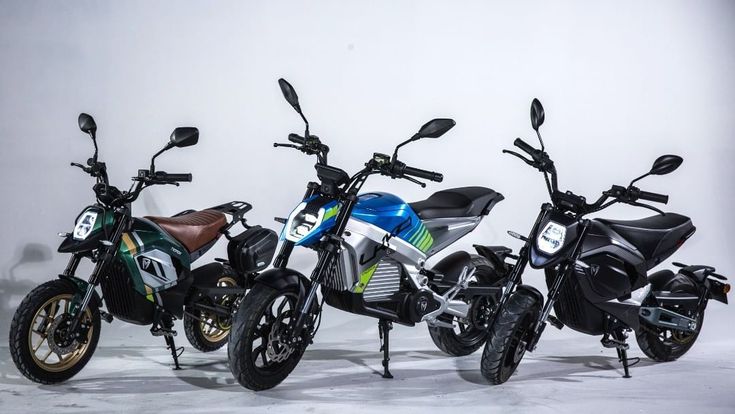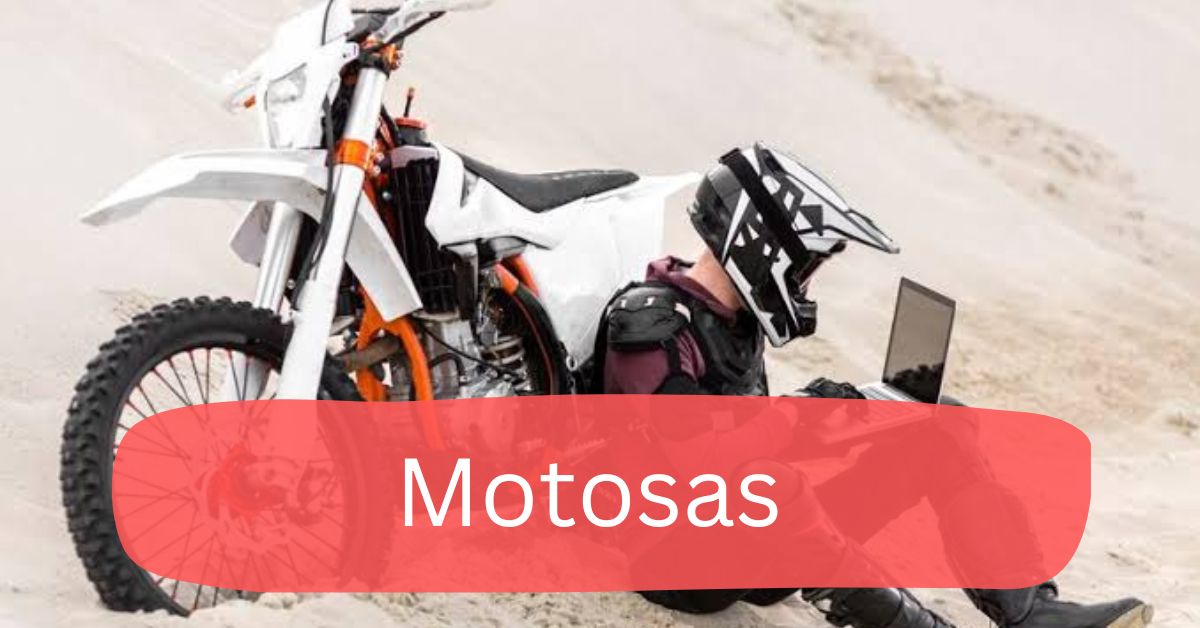Cruising around town on a Motosa was a breeze! It quietly zipped through traffic, and its small size made parking a snap. Plus, knowing I was helping the environment felt pretty great!
“Motosas are compact electric vehicles designed for city transportation, offering a sustainable and eco-friendly alternative to traditional cars. They’re small and electric, making them perfect for.
Experience the thrill of zipping through city streets in the eco-friendly and stylish Motosas!
What Are Motosas?

Motosas are cutting-edge electric vehicles designed to revolutionize urban mobility. These compact marvels seamlessly merge modern technology with sleek design, offering a sustainable solution for navigating bustling city environments.
Unlike conventional cars, Motosas are powered by electric motors, eliminating harmful emissions and reducing reliance on fossil fuels.
Their compact size and agile maneuverability suit them for quickly weaving through congested city streets and accessing narrow lanes. Typically accommodating one or two passengers,
Motosas prioritize functionality and style, providing a comfortable and eco-friendly mode of transportation.
With an emphasis on sustainability and efficiency, Motosas represent a promising glimpse into the future of urban travel, offering a viable solution to the challenges of congestion and pollution in modern cities.
How Do Motosas Work?
1. Electric:
Power: Motosas run on electricity instead of gasoline, so they don’t produce any pollution while driving. They have rechargeable batteries that store electricity, just like your phone or tablet batteries.
2. Charging Up:
To charge a Motosa, you simply plug it into an electric outlet, just like you do with your phone. Once it’s fully charged, it’s ready to go!
3. Smooth Ride:
Motosas are powered by motors, making them quiet and smooth to drive. You won’t hear any loud engine noises like you do with regular cars.
4. Bringing Back Energy:
Some Motosas have a cool feature called regenerative braking. This means that when you press the brakes, the car captures some of the energy from braking and uses it to recharge the batteries, making them even more efficient.
5. Easy to Drive:
Motosas are designed to be simple and easy to drive, even for beginners. They have user-friendly controls and are small enough to navigate through tight spaces in the city.
Why Motosas Are Easy to Drive:

1. Compact Size for Easy Maneuverability:
Motosas, smaller than regular cars, boast a compact design that facilitates effortless navigation through busy city streets and allows drivers to slip into tight parking spots with minimal effort.
2. Intuitive and User-Friendly Controls:
Motosas are equipped with straightforward controls, including features like automatic transmission, simplifying the driving experience, particularly for those new to operating vehicles, ensuring a hassle-free journey.
3. Agile Handling for City Traffic:
With their agile handling and responsive steering, Motosas offer superior maneuverability in urban environments, enabling drivers to deftly navigate congested traffic and negotiate sharp turns confidently and efficiently.
4. Quiet Operation Enhances Comfort:
Powered by electric motors, Motosas operate quietly, eliminating the noise associated with traditional gasoline engines. This quiet operation enhances passengers’ comfort and reduces noise pollution in urban areas.
5. Stress-Free Parking Solutions:
Finding parking in crowded city centers can be challenging, but Motosas’ small size makes parking a stress-free experience.
Their compact footprint allows drivers to easily find and fit into smaller parking spaces, minimizing the frustration often associated with urban parking.
How Motosas Help the Environment:
1. Zero Emissions:
Motosas run on electricity, producing zero emissions while driving. Unlike traditional gasoline-powered cars, which emit pollutants that harm the environment and contribute to climate change, Motosas help keep the air clean and reduce greenhouse gas emissions.
2. Reduced Dependency on Fossil Fuels:
Using electricity as their primary power source, Motosas reduces our reliance on fossil fuels such as gasoline and diesel. This helps conserve finite natural resources and reduces the environmental impact of extracting and burning fossil fuels.
3. Promotion of Renewable Energy:
Motosas encourage using renewable energy sources for electricity generation. By driving electric vehicles like Motosas, individuals support developing and expanding renewable energy infrastructure, such as solar and wind power, which further reduces environmental harm.
4. Noise Reduction:
Motosas’ electric motors run quietly, minimizing noise pollution in cities compared to traditional engines.
This quieter operation enhances the overall quality of life for city residents and wildlife, promoting a more peaceful and enjoyable environment.
5. Encouragement of Sustainable Transportation Practices:
Motosas serve as a sustainable transportation option that aligns with eco-friendly lifestyles. By choosing Motosas over traditional cars, individuals contribute to the collective effort to create cleaner and greener cities for present and future generations.
How far can a Motosa travel on a single charge?

The range of a Motosa depends on various factors, including the capacity of its batteries, the terrain, driving conditions, and the speed at which it’s driven. On average, most Motosas can travel between 50 and 100 miles on a single charge.
However, advancements in battery technology are continually improving the range of Motosas, making them even more practical for city commuting.
With ongoing developments in battery efficiency and energy management systems, some newer models of Motosas may offer extended ranges, enabling drivers to travel farther distances on a single charge.
Motosa owners need to consider their daily driving needs and charging infrastructure availability to ensure they can travel comfortably within the vehicle’s range without running out of power.
FAQS:
1. How do Motosas contribute to sustainability?
Motosas produce zero emissions during operation, reducing air pollution and greenhouse gas emissions. Using electricity as their primary power source, they also help reduce dependency on fossil fuels.
2. Are Motosas safe for city environments?
Yes, Motosas are designed with safety in mind and undergo rigorous testing to meet safety standards. Many Motosas have advanced safety features like stability control and collision avoidance systems.
3. What infrastructure is needed to support the widespread adoption of Motosas?
To support the widespread adoption of Motosas, cities must invest in infrastructure such as charging stations and designated parking areas. Additionally, clear regulations and policies governing Motosas’ use are essential to ensure safety and compliance with traffic law
4. Can Motosas be driven on highways?
While Motosas are primarily designed for city driving, some models may be capable of highway speeds. However, it’s essential to check the specific specifications of each Motosa model to determine its highway capabilities.
5. Are there any incentives for purchasing a Motosa?
Depending on the country or region, incentives or rebates may be available for purchasing a Motosa, such as tax credits or subsidies for electric vehicles. It’s worth researching local government incentives to see if any apply.
6. How do Motosas handle inclement weather?
Motosas are designed to be weather-resistant, but extreme conditions like heavy rain or snow may affect their performance. Drivers must exercise caution and adapt their driving behavior in adverse weather conditions.
Conclusion:
“Motosas: compact electric vehicles for city travel, offering eco-friendly mobility with zero emissions. Their small size and electric power make them perfect for navigating crowded urban streets.”
